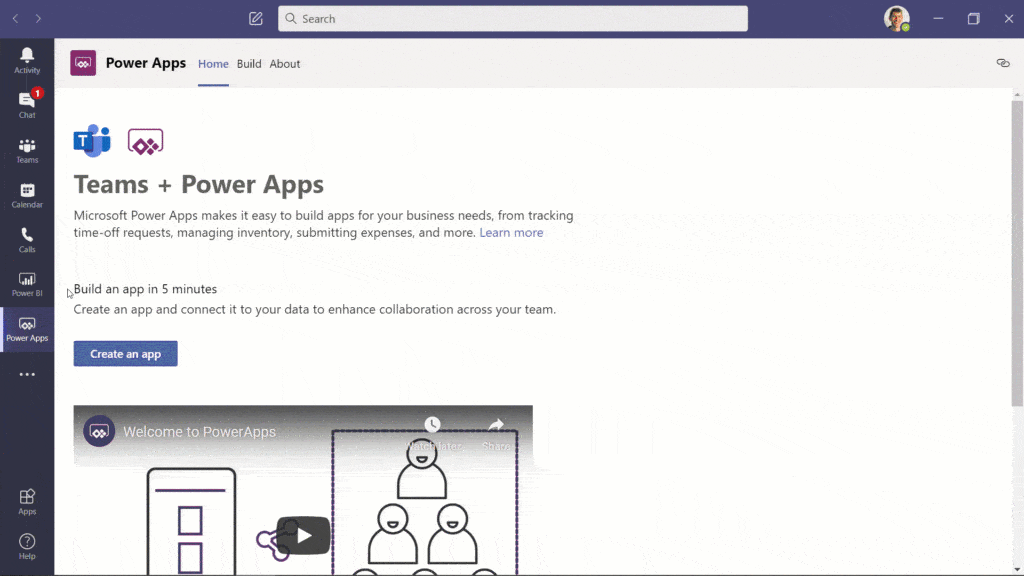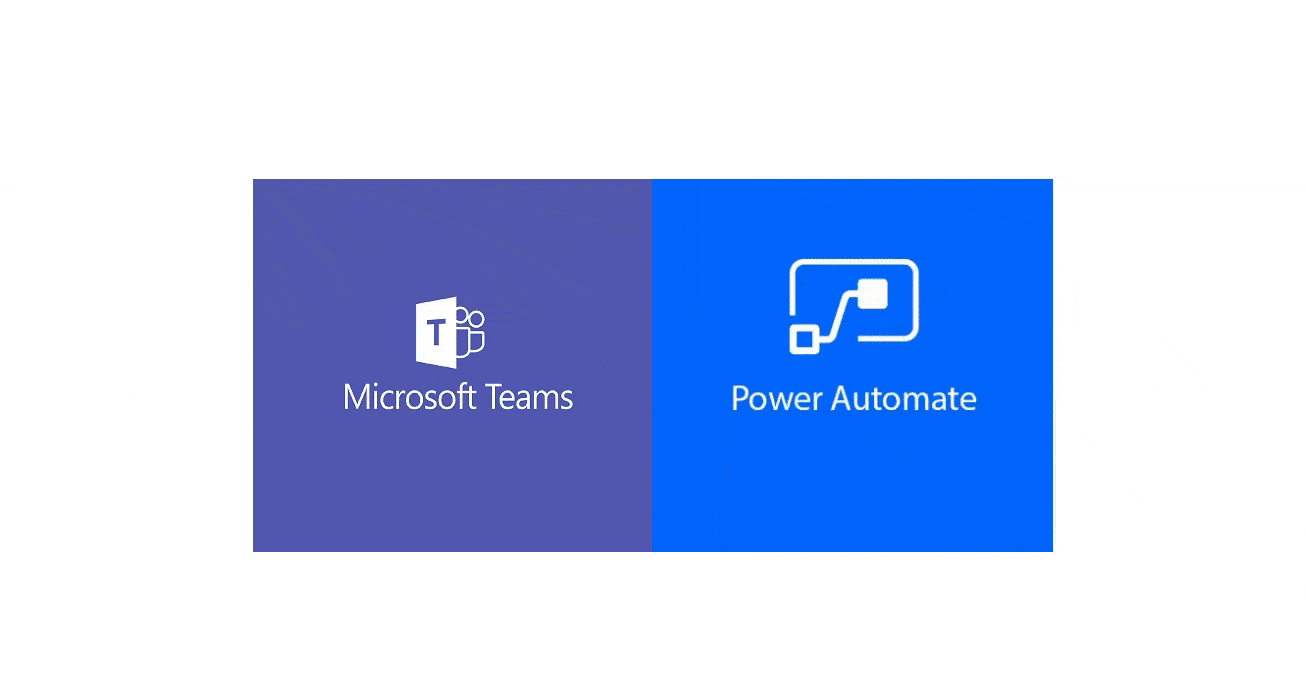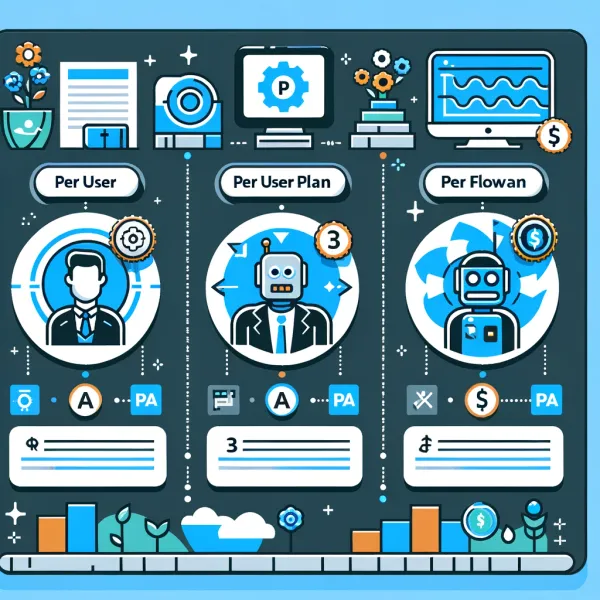
Knowledge base
September 14, 2020
New Power Platform features coming to Teams
Microsoft is adding new Power Platform features to make it easier for customers to create, deploy, and manage key business apps and chatbots right within Microsoft Teams.
When this will happen
The rollout will begin in mid-September (previously mid-August) and will be completed by the end of September (previously August).
How this will affect your organization
Selected Microsoft 365 and Office 365 plans that include Power Apps and Power Automate are expanded with the introduction of Microsoft Dataflex – a built-in, flexible data store that supports relational, image, and file data with a one-click experience for natively deploying solutions in Teams.
Your users will be able to access these public preview features in Teams starting in mid-September.
• With Dataflex, Power Apps offers an integrated app studio that allows users to build and deploy custom apps within Teams.
• With the introduction of Power Virtual Agents, your end users can also build and deploy custom chatbots in Teams.
• We’re also adding Power Automate capabilities, including the ability to trigger flows directly from Teams messages.
This new Power Platform functionality for Teams is included at no additional cost with your Microsoft 365 and Office 365 licenses. Existing Power Platform functionality available for use in Office 365 more widely outside of Teams remains unchanged.
What to do to prepare
Once this update is complete, you will see new service plans – Microsoft Dataflex and Power Virtual Agents for Teams – in the list of plans included with your subscription. These changes will not affect any other features in your subscription except what is stated above. However, you may want to consider updating your internal documentation to reflect these additional capabilities.
The following admin features are available in the Teams admin center to enable/disable the new functionality in public preview:
• App permission policies: Admins can enable or disable the Power Platform maker/builder experience in Teams by selecting Power Apps and/or Power Virtual Agents applications available under “Microsoft Apps”. This setting is available for a specific set of users or for all tenants.
• Note: Admins can enable or disable one-click deployment of Power Platform in Teams by selecting Shared Power Apps and/or Shared Power Virtual Agents applications available under ‘Microsoft Apps’. This setting is available for a specific set of users or for all tenants.
o Learn more about app permission policies here: Manage app permission policies in Microsoft Teams
The existing Power Platform functionality within Office 365 remains unchanged.

Want to know more?

Related
blogs
Tech Updates: Microsoft 365, Azure, Cybersecurity & AI – Weekly in Your Mailbox.









